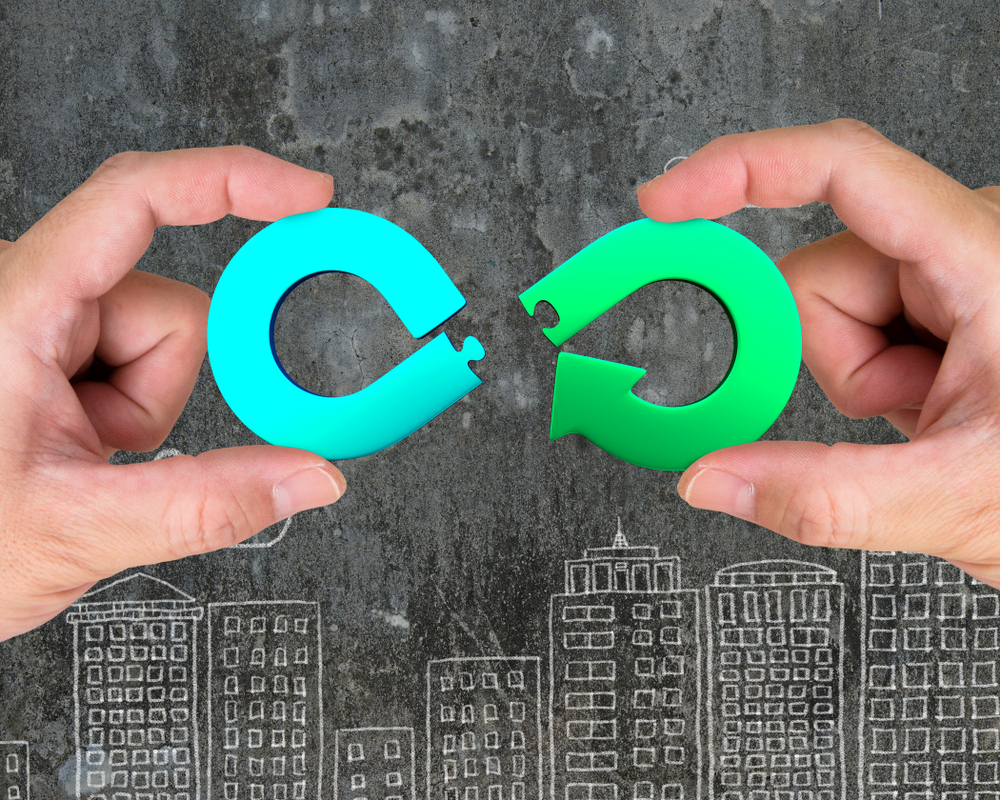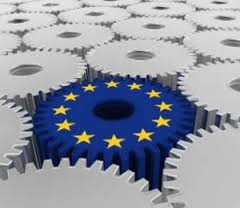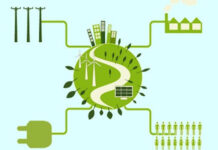The circular economy is being implemented on several fronts. Above all, it is essential to have a vision of the full impact in the development areas of this process. Sébastien Bourdin, professor of economic geography and chair holder of the Jean Monnet European Chair on Circular Economy, explains this in his studies. We reached him to understand with him how one could act more effectively to develop the circular economy in the national entrepreneurial fabric and what good practices we can already count.

Why is it important to focus on how circular economy practices impact regional development?
It is essential to focus on how circular economy practices impact regional development, as they offer solutions for more sustainable and resilient economies for all territories, especially for cities and regions that are caught in development traps (old industrial regions in decline for example). By integrating the principles of the circular economy, such as reducing waste and reusing resources, regions can stimulate local innovation, create new jobs and promote economic growth that considers the negative effects of climate change. In addition, they can reduce dependence on external resources, thereby strengthening regional autonomy. This approach is particularly important in contexts where natural resources are limited and it is crucial to maximise the use of available resources.
Is there a circular economy’s potential that we have still not understood?
Yes, there is a circular economy’s potential that we have not yet fully understood or exploited. For example, the integration of digital technology with the circular economy could open up new opportunities to monitor and optimise the use of resources. There is currently a severe lack of data to assess and better manage circular economy projects. What’s more, the circular economy is not just about waste management and recycling; it also encompasses sustainable product design, business models based on the shared use of resources, and the optimisation of manufacturing processes. A better understanding of these aspects could lead to significant innovations. We need to move away from a purely wate management approach.
How should policies, strategies, and governance models interact with each other, and how can they be helped to do that in a better way?
Policies, strategies, and governance models should be designed to be complementary and integrated to effectively support the circular economy. This requires close coordination between different levels of government (local, regional, national) as well as with the private sector and non-governmental organisations. Clear communication and cross-sector cooperation are essential to align objectives, harmonise regulations and avoid duplication of effort. To improve this interaction, it could be useful to create platforms for dialogue and collaboration, mechanisms for sharing best practice, and to develop common indicators to measure progress towards a circular economy.
And how plays a central role in territorial governance
in this integration process?
Territorial governance plays a central role in the circular economy integration process by providing a framework for local stakeholder coordination, resource allocation and policy implementation. It allows circular economy strategies to be tailored to local circumstances, taking into account the economic, social and environmental particularities of each territory. Effective governance also facilitates the engagement of local stakeholders, thus encouraging the participation of local communities and businesses in circular economy initiatives.
What are the more significant best case studies that you suggest
to consider during the implementation of circular economy?
For the implementation of circular economy, it is useful to consider case studies that have demonstrated tangible success. Notable examples include:
Amsterdam (Netherlands): The city has put in place an ambitious circular economy strategy that includes waste reduction, sustainable construction, and reuse of materials in the construction industry.
Grenoble (France): Grenoble is often cited as an example of a city in transition towards a circular economy. It has introduced a number of initiatives to reduce waste and optimise the use of resources. It has created a dedicated centre: Pôle R is a nearly 8,000 m² facility dedicated to players in the circular economy, which includes:
A drop-off donation centre, a space for the general public to donate items that are in good condition or can be easily repaired
Le Labo, a building dedicated toanti-gaspi and glass deposits, with La Bocale, Alpes Consigne, Sysalp Ulisse Grenoble Solidarité and Zest among its partners
A building dedicated to the household appliance repair workshop (Envie Grenoble), theUlisse Grenoble Solidarité production workshops and the reuse and repair platform managed by Fabricanova.
4500m² in total, 30% reuse target, 100 employees
A circular economy business centre
A floor dedicated to training and new careers in the circular economy.
A coordinator recruited by the Metropole to lead a network of circular economy companies.
At present, 80 people work on the site, including 50 on integration programmes.
Per ricevere quotidianamente i nostri aggiornamenti su energia e transizione ecologica, basta iscriversi alla nostra newsletter gratuita
e riproduzione totale o parziale in qualunque formato degli articoli presenti sul sito.


















